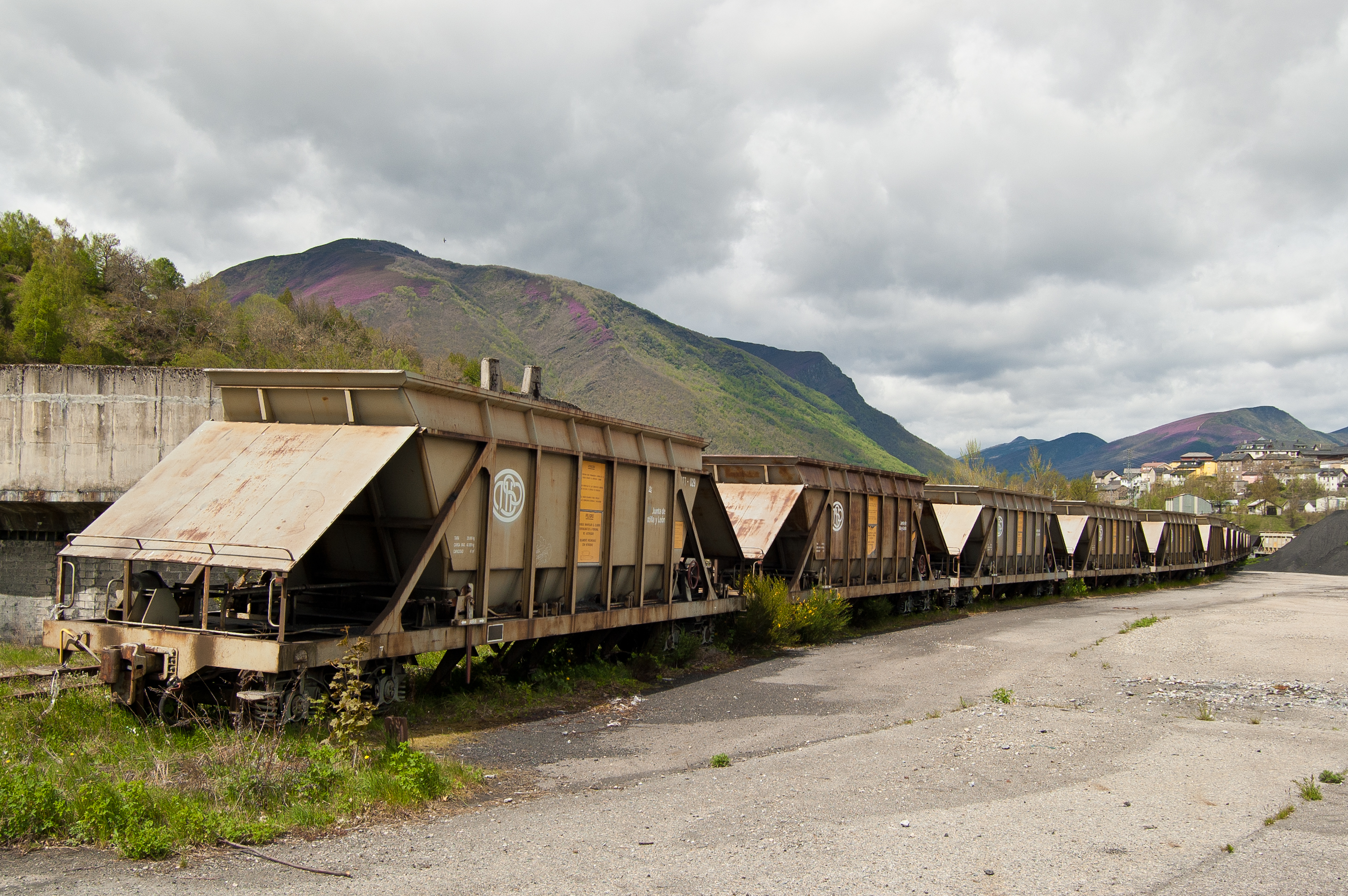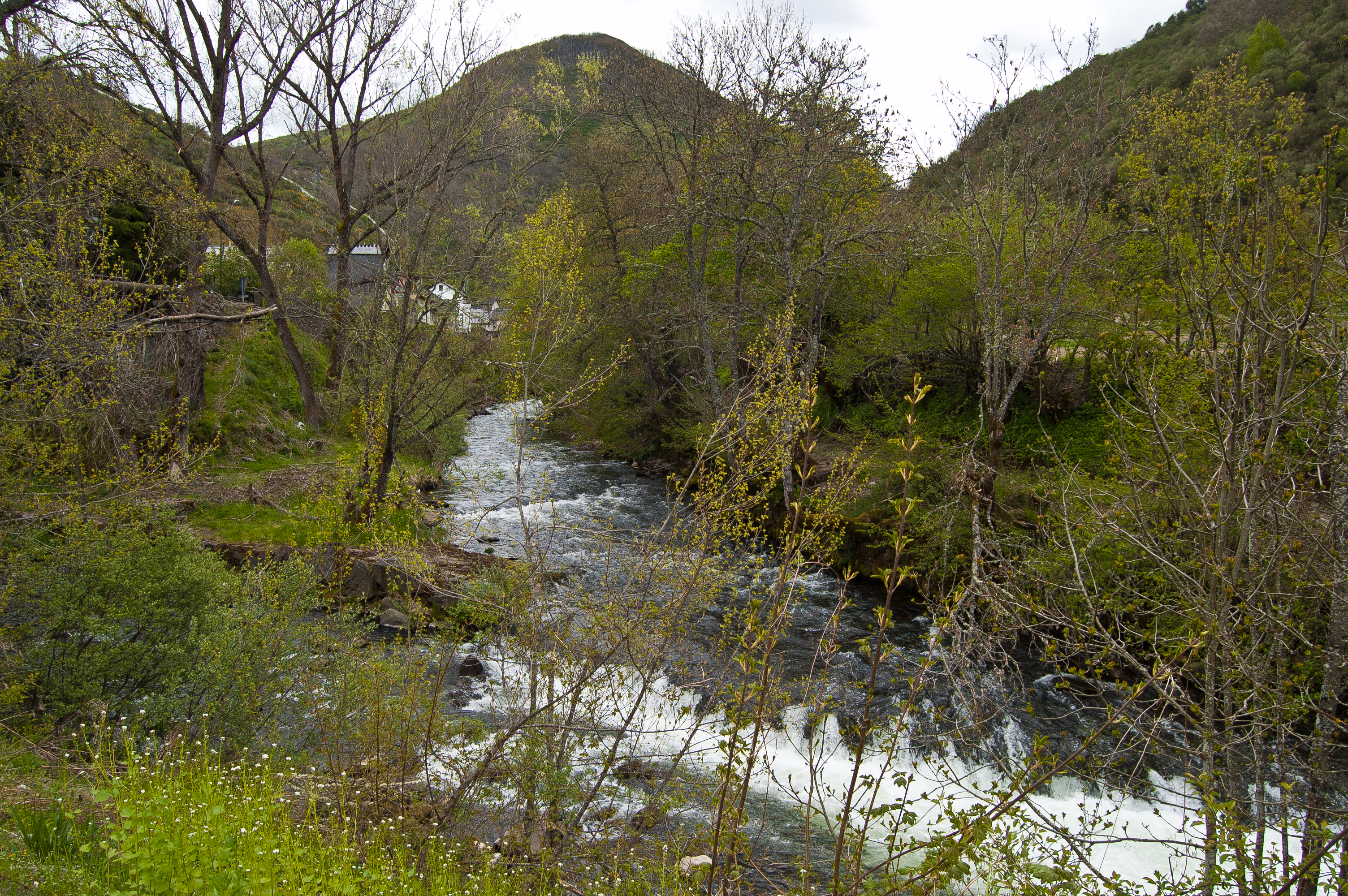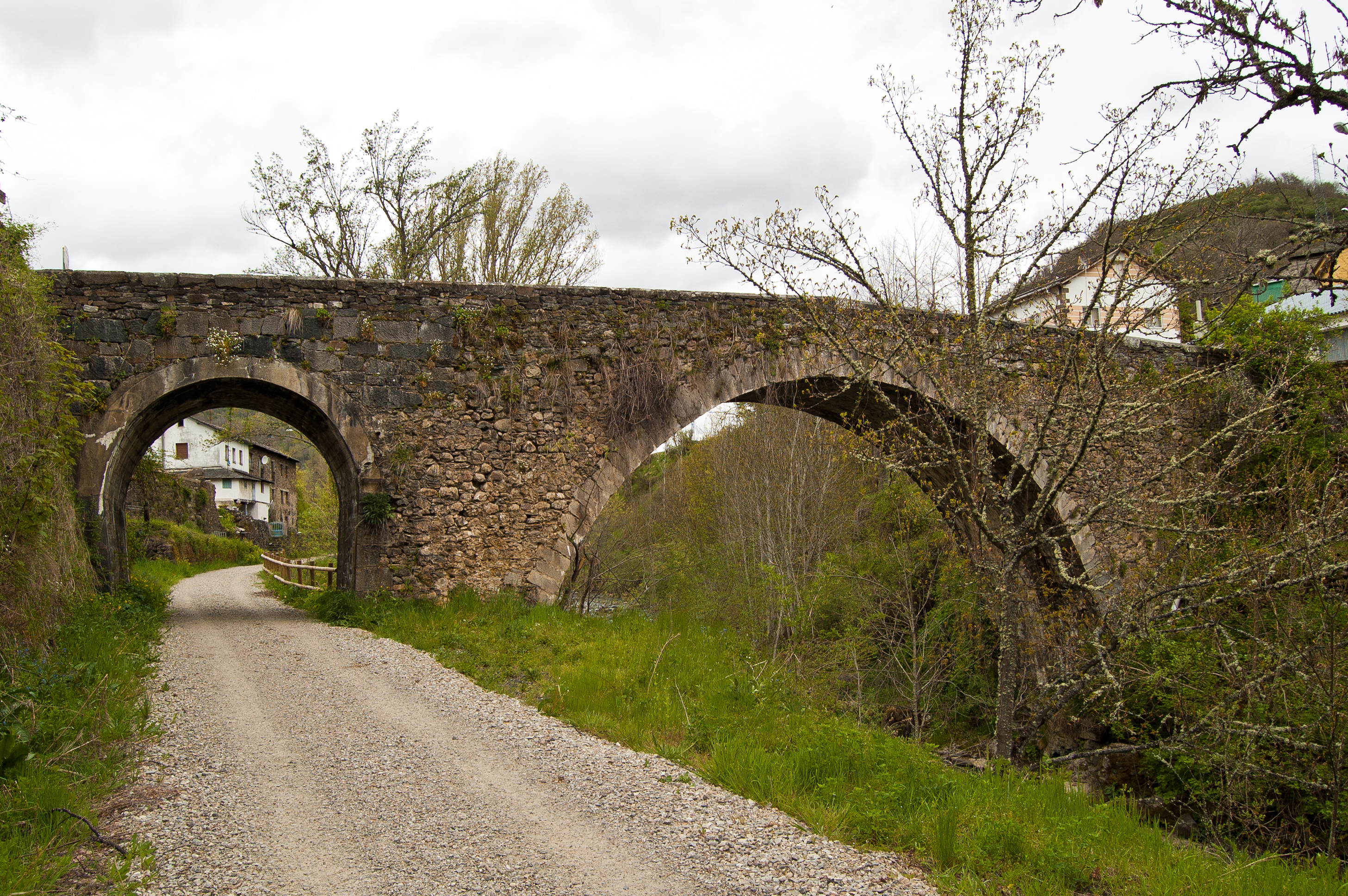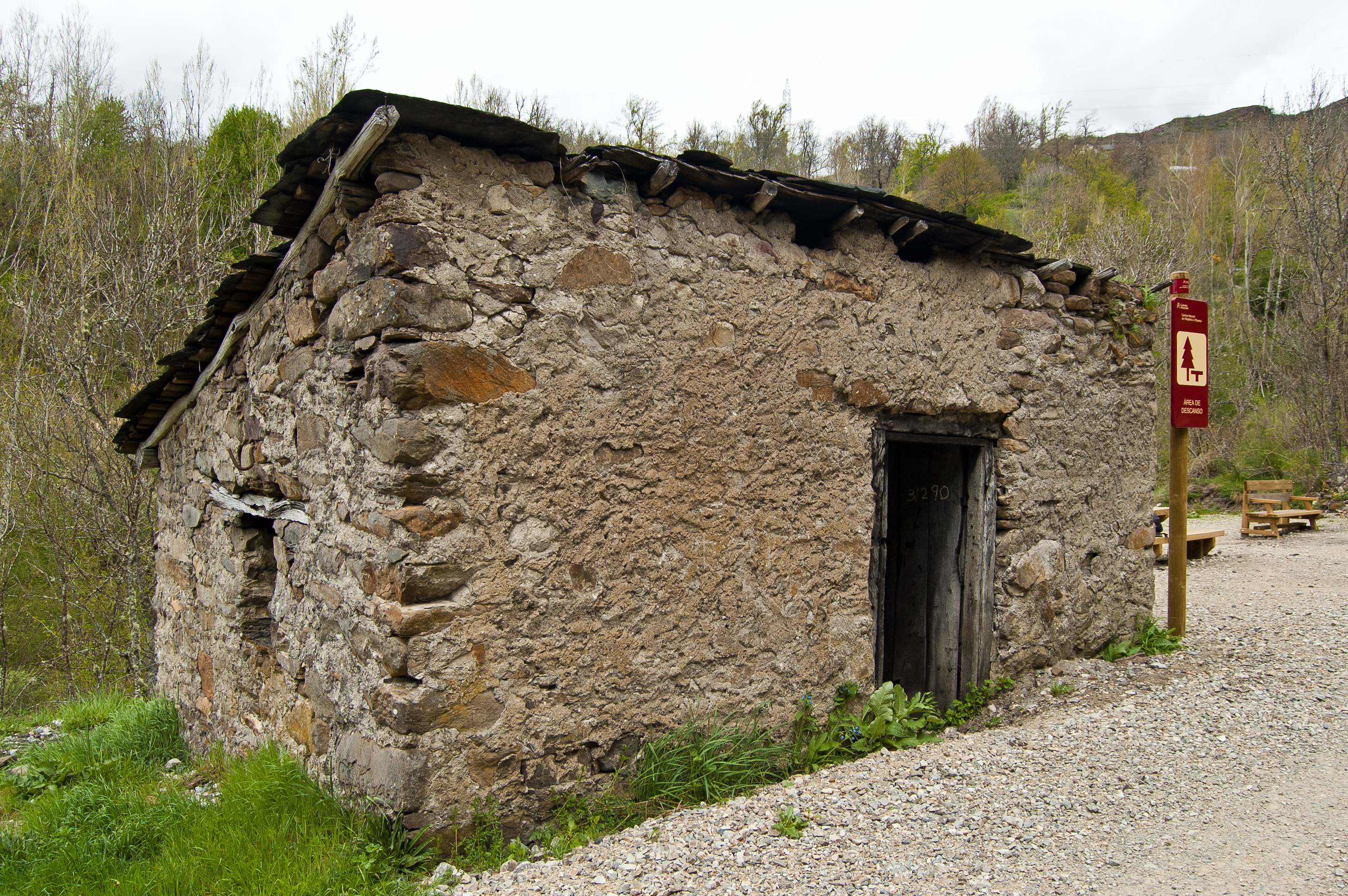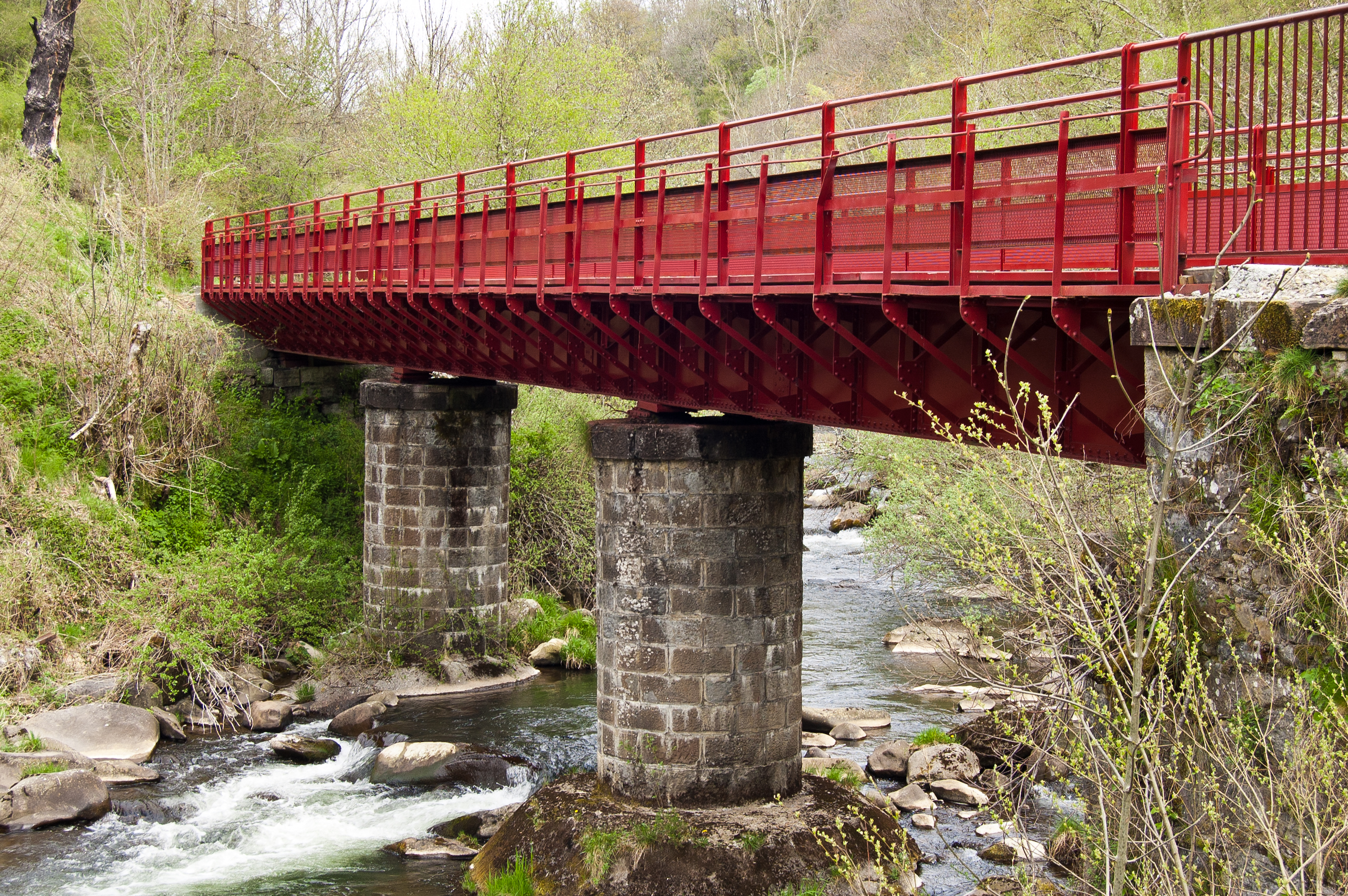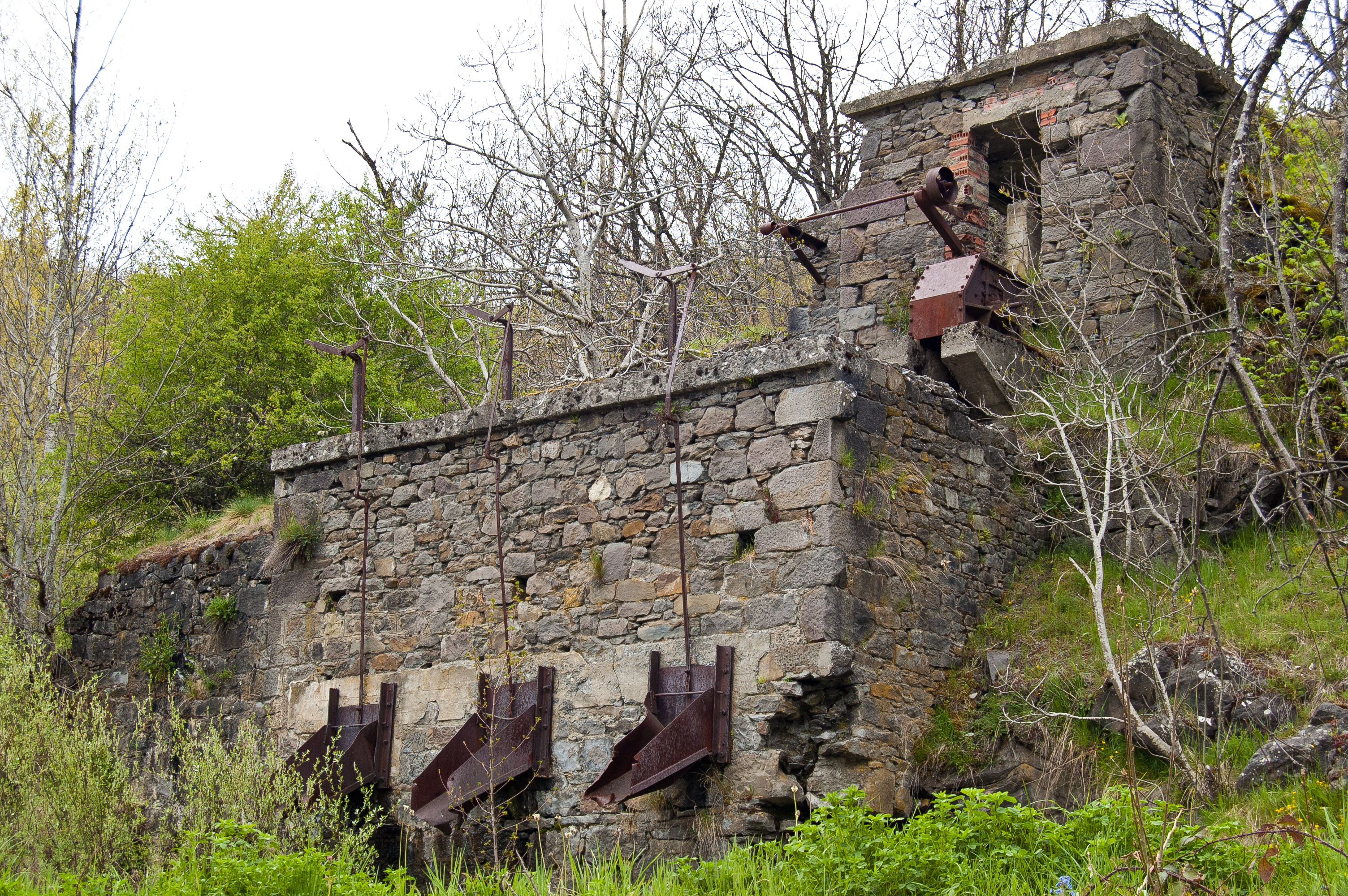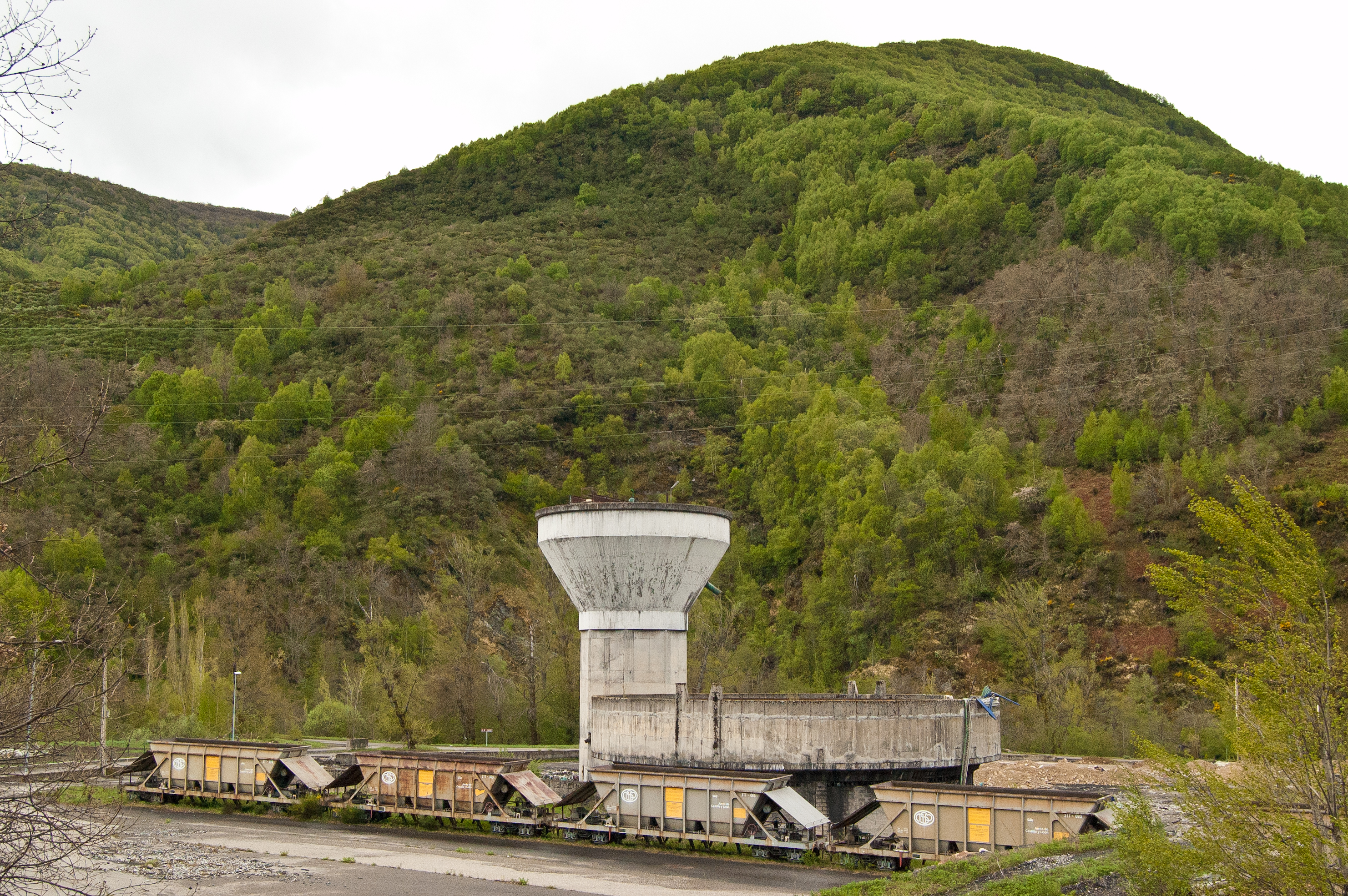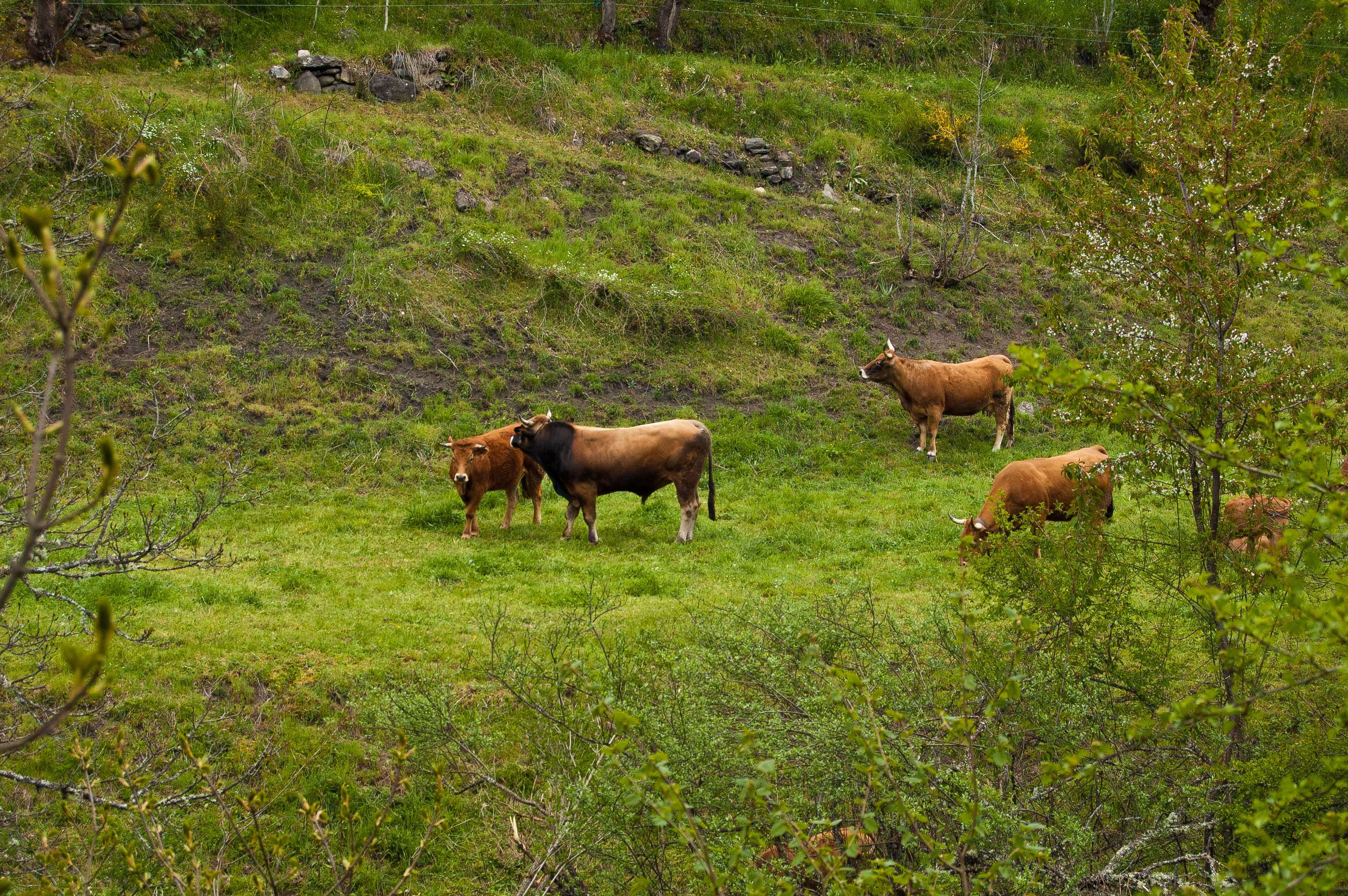- Home
- Rural Development
- Nature Trails
- Nature Trails
- Northwest Sector
Villablino to Villaseca Nature Trail
Description

The mining legacy on the shores of the river Sil
This trail takes us on a short trip to the past along the old railway track from the coal washing plant of Villablino until Villaseca de Laciana. It then continues along another section of disused railway track that links the loading platform of this town to that in El Castro. This route is a small sample of the historical importance of coal mining in this county, where a network of narrow-gauge railway lines and sections of inclined planes made it possible to transport minerals from Villablino to Ponferrada.
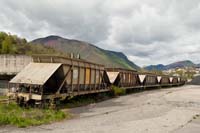
This Nature Trail begins at the old coal washing plant of Villablino in the province of Leon, and can be covered entirely by bicycle. Although the old infrastructure is currently being dismantled, it is still possible to get a glimpse of the importance of mining in this region. This trail partially follows in the footsteps of the metre-gauge mining network that linked the station of Villablino with the loading platform in Villaseca de Laciana until 2012. It then continues on to the loading platform of El Castro through a section of the old 60 cm wide railway network.
The route is parallel to the River Sil and leaves behind the urban centre of Villablino to enter a zone of small family orchards that take advantage of the fertile soil around the river. One can find a rest area at Sosas, with an information panel where it is possible to enjoy the landscape and better understand the mining structures that were a part of the now defunct railway network that passed through this zone.
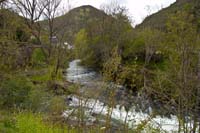
The River Sil is one of the major highlights in this route which follows the river course through the mining region. Travellers pass over the bridge of Sosas which crosses the stream of the same name just before it flows into the Sil.
Two other rivers, in this case, the Bayo and the Sil, merge just before the LE-493 highway which goes over this confluence by means of a subterranean passage constructed for this purpose. It reaches the town of Rioscuro (one of the many that make up the municipality of Villablino), where a spectacular stone bridge over the Sil greets travellers upon their arrival. A little later, the railway bridge of Rioscuro places the river to the left of the route, and here one can catch a glimpse of grazing cattle or horses in small pastures near the river.
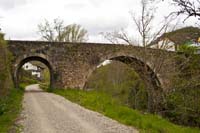
The route continues along the serpentine course of the river Sil taking the traveller to a small rest area with an old stone house located before the Robles bridge at the south of the urban centre of Robles de Laciana (which also belongs to the municipality of Villablino), again across the Sil.
There are two small sections of the route that are shared with motorways, measuring 91 and 86 m. respectively. The route gets to the bridge of Arias (locally known as the Puente Regalado) near the remains of the abandoned loading platform of Arias to the right. It precedes a crossing where we will advance towards the bridge of Villaseca, take a 180º turn and ascend a concrete ramp to the esplanade of the old loading platform of Villaseca de Laciana, a parish integrated into the municipality of Villablino.
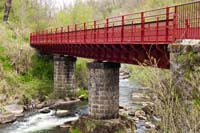
After leaving behind the centre of Villablino, the route extends via one of the secondary 60 cm wide branches that connected the mines of Lumajo with the loader at Villaseca, After crossing the river Almuzarra by the bridge of Lumajo, the Nature Trail from Villablino to Villaseca comes to an end at the loading platform of El Castro, where there is an information panel and a rest area where travellers can enjoy this historical mining enclave.
Sites of interest
Map
Puntos de Interés
Hidrografía
Infraestructura
Orografía
Profile
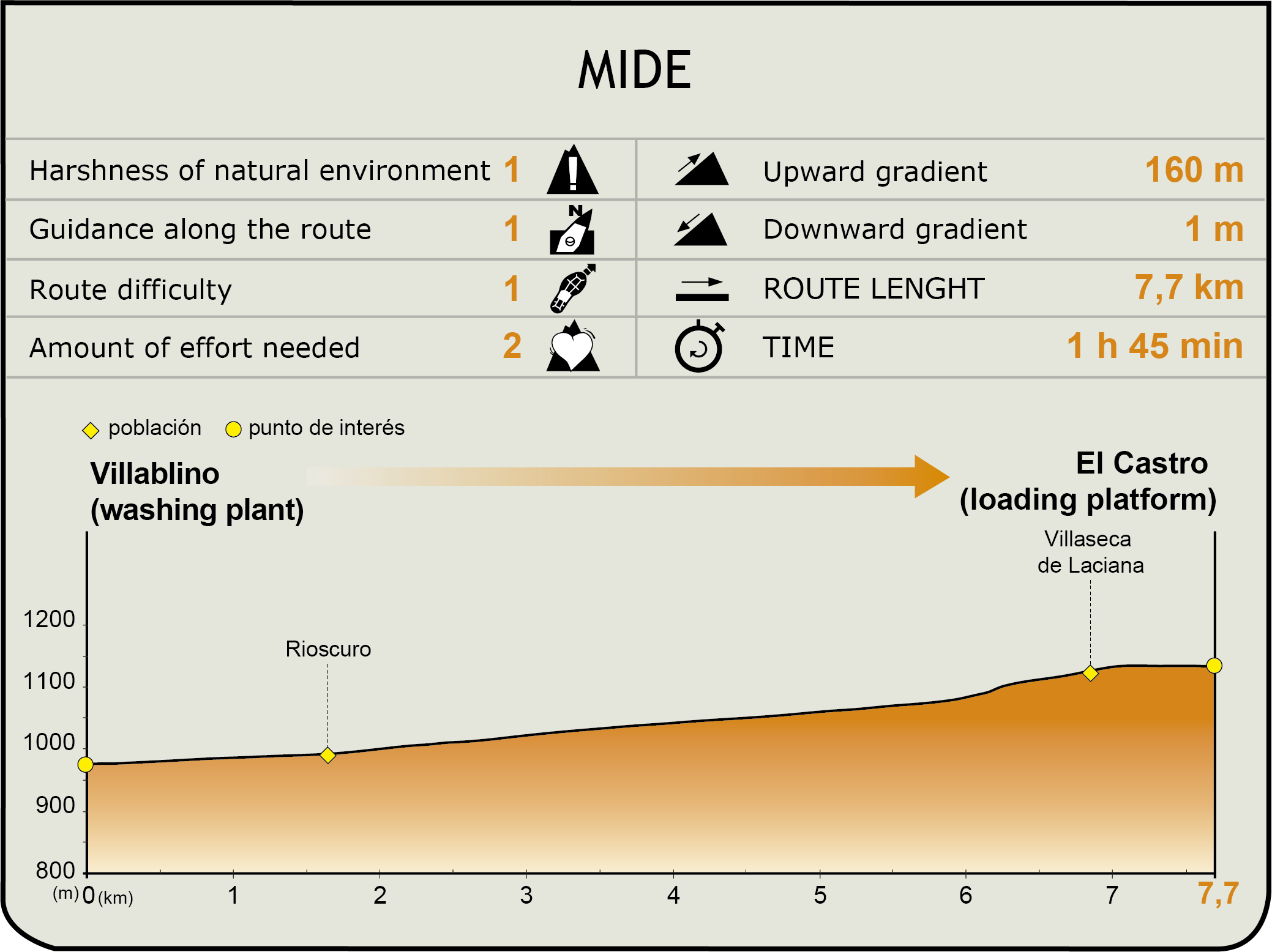
MIDE (Method for the Information of Excursions)
Featured
Further information
Villablino (county of Laciana)
Villablino is the capital of the county of Laciana in the province of Léon. It is located in the valley of the river Sil. Both the history and economy of this zone has close ties to mining, as is evident in the remains of channels and small reservoirs for mining, some of which date back to Roman times. A key event for this mining enclave was undoubtedly the creation in 1918 of the Minero Siderúrgica de Ponferrada (MSP) mining company which set into motion the construction of the Ponferrada-Villablino railway line. Apart from this primary initiative which modernised the mining and transportation of coal, two other branches were created which reached Villaseca de Laciana and Caboalles de Arriba, apart from other secondary 60 cm-gauge railway networks, overhead cables and sections of inclined planes. However, all activity on this railway network was halted permanently from the year 2012.
This county possesses a substantial cultural and architectural heritage with a large number of Pre-Roman and Roman forts or castros, such as the Castro de la Zamora (Sosas de Laciana) and the Castro de la Muela (Rioscuro). There are also many medieval churches, such as the ones in Robles de Laciana and Rioscuro.
With regard to the natural environment, Laciana presents great biodiversity with landscapes ranging from river ecosystems to mountainous terrain. It has officially been declared as the Alto Sil Biosphere Reserve and, Special Protection Area for Birds (SPA) and Site of Community Importance (SCI). The most emblematic species of fauna in this county are the wood grouse (Tetrao urogallus) and the brown bear (Ursus arctos).
